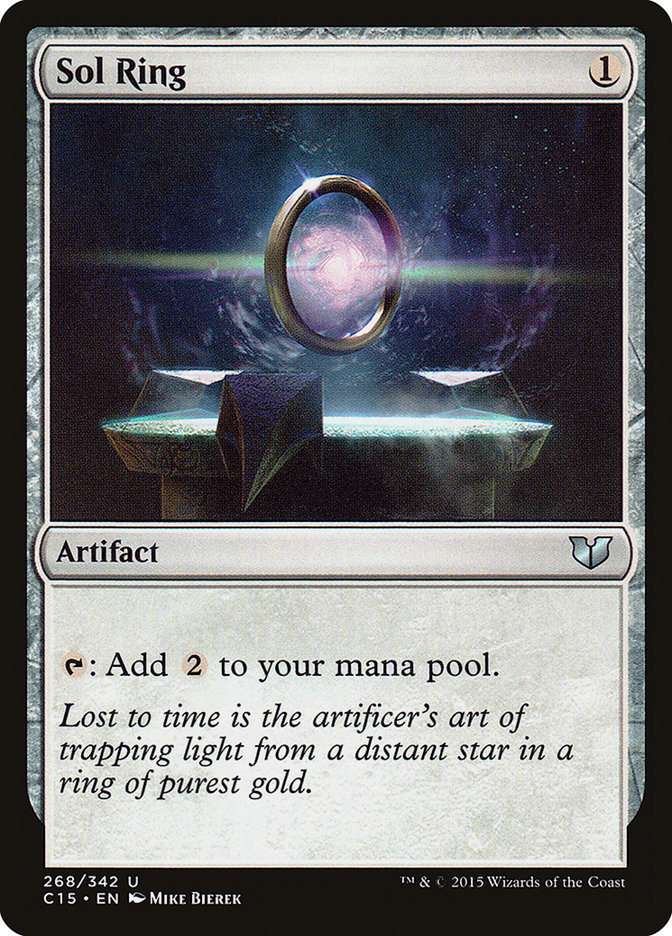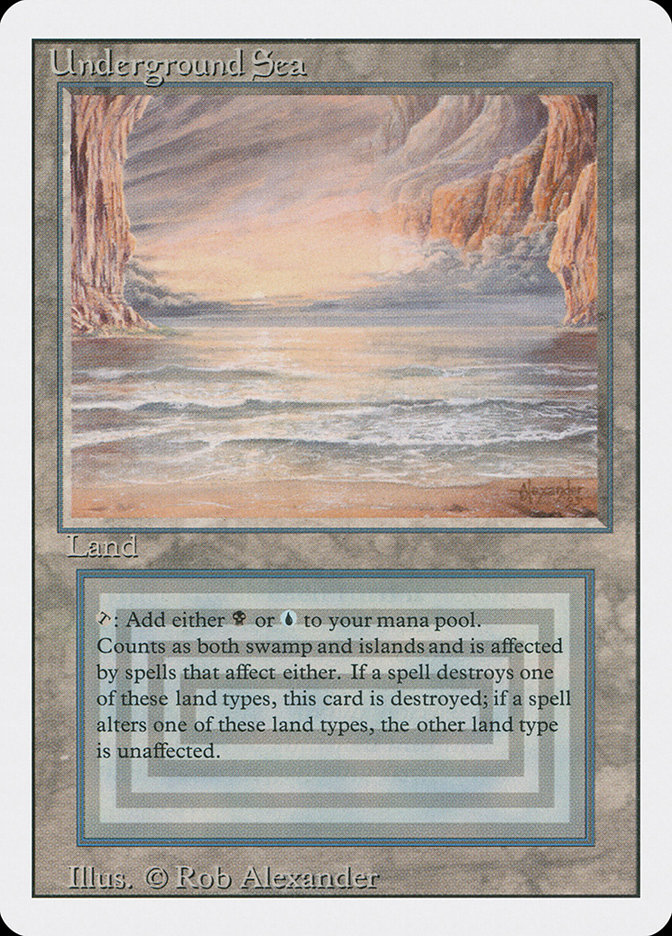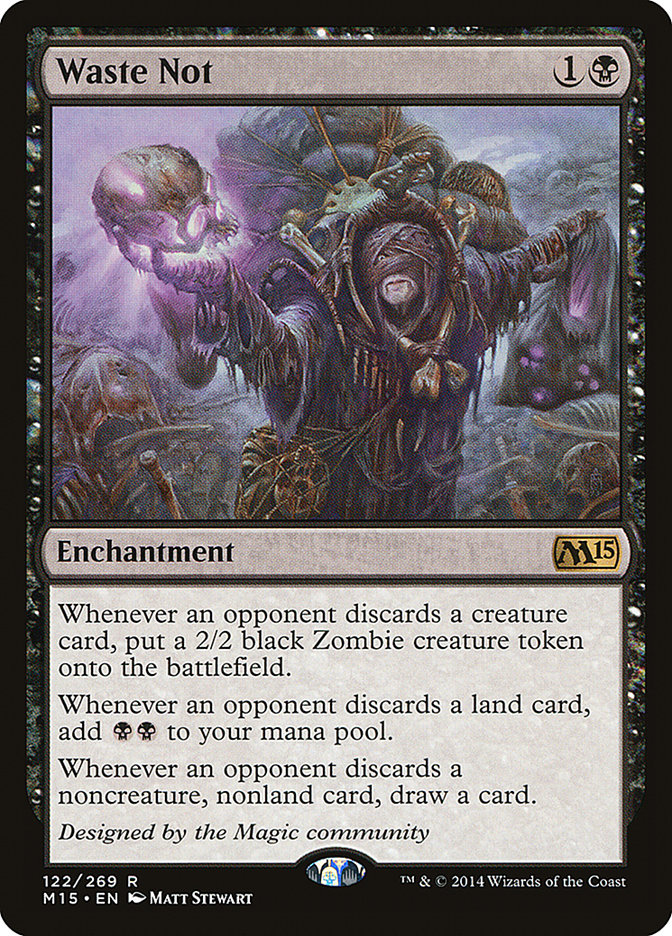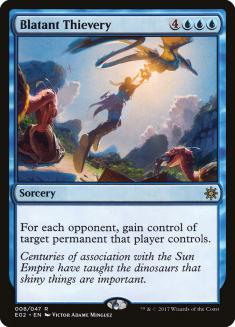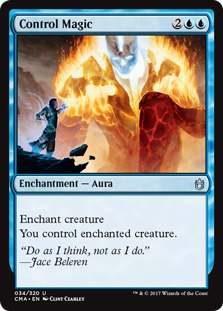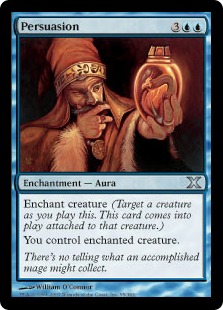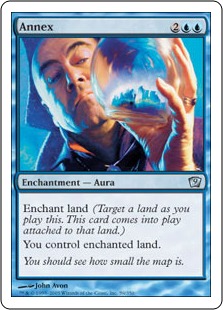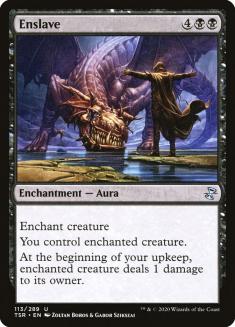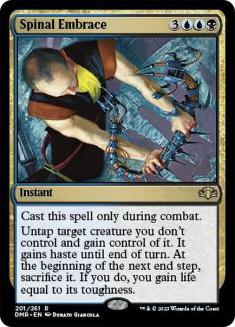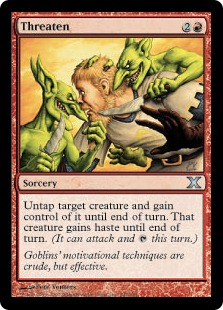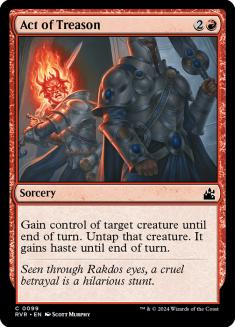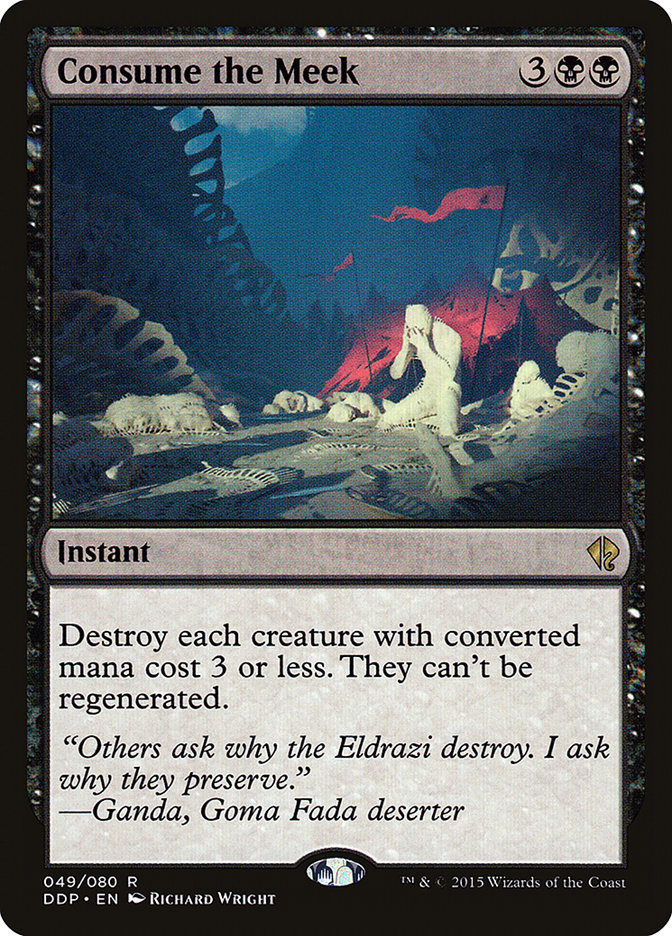“Only expensive decks win!”
Ever hear that phrase about Commander (or Magic) before? I’m guessing many have, and if you have not dealt with someone’s incessant whining about how expensive cards are the only good ones, then consider yourself lucky. A common complaint for players about Commander is that the decks are way too expensive and only the rich players do well.
This is absolutely wrong.
I will not lie about how card power and price typically having a strong correlation. But you do not need to open a turn with Mana Crypt, Sol Ring, Sensei’s Divining Top, and Underground Sea to compete with your friends or at your local game store.
Claims that only expensive decks do well or that it is necessary to spend thousands of dollars to play Commander are excuses for lazy deckbuilding or poor piloting and threat assessment. Don’t be one of these people. Don’t continue the misinformation about our format.
Budgets Work and Budget Decks Win
Commons and uncommons are typically way cheaper than the rares. Sure, we all want to play with the newest gadgets, but every time a new set comes out, prices drop in the rotating set. It’s a great time to swoop in and snag some great cards.
Aside from timing your purchases, budgeting works. Save up money to get more expensive cards. Other fun options are finding hidden gems in Magic’s extensive past and finding good bulk deals. Heck, despite all the tempting expensive cards, this is the bulk rare format.
Butcher Orgg and Spirit Bonds are $0.49! These are cards that win games or lead to game wins. Even Sol Ring is only a few bucks for a recent printing.
Skullclamp is under three bucks, and again, most commons and uncommons price out around fifty cents or a quarter. A deck with a total budget of $50.00 can still kick some serious butt and challenge your deckbuilding skills as you sacrifice Demonic Tutor for Diabolic Tutor.
Which leads me to my next point: find replacements!
Unless your deck is going for a specific win condition or is a highly tuned machine, you can make some sacrifices. Sure, Vampiric Tutor is among the best at what it does, but Insidious Dreams is a super-tutor. Demonic Collusion is way cheaper than the original Demonic Tutor, and you have the option to buyback Demonic Collusion when you cast it. Value! Path to Exile sees a lot of play Modern and boosts the price. No big deal! Condemn, Exile, or Crib Swap can replace it for most of your purposes.
Dual lands like Underground Sea are completely unnecessary for Commander. They are certainly the best two-color lands, but Myriad Landscape, Burnished Hart, Wayfarer’s Bauble, and Terrain Generator can help you get enough basics onto the battlefield that a dual land is not even close to required. Painlands (Underground River), Core Set lands (Drowned Catacomb), lands that enter the battlefield tapped but give some sort of value (Temple of Deceit, Dimir Aqueduct, Submerged Boneyard), and many others will get your manabase properly fixed. Commander is a casual format with absurd fixing. Don’t act like you need to spend hundreds for something that won’t matter 99.9% of the time.
Nearly everything can be replaced with a similar card in Commander. Krosan Tusker gets a land and can beat for six damage. Trench Wurm rumbles into the red zone for three damage. Avatar of Woe is both removal and an evasive threat. None of these cards is pricey. You do not need Sword of Fire and Ice to make a good Commander deck.
Synergy Beats Power
Do you know the lament many Commander players have about “good stuff” decks? The idea is you take a commander like Oona, Queen of the Fae and jam every card you think of that is super-powerful or banned in another format. The end result is a high-powered collection of cards your opponents don’t care about because you made yet another U/B Good Stuff deck. Each card may be powerful, but a Commander deck where the whole deck is built to achieve a goal is far more likely to win.
Think about the best decks for Standard, Modern, or Legacy. Each deck has a goal. Bant Collected Company in Standard may run extremely powerful cards in Bant, but not all of them, because the deck is trying to cast Collected Company often and to get massive value from it. The deck may sacrifice raw power by cutting or only running a single Archangel Avacyn to play something like four Bounding Krasis to help build a critical mass for casting Collected Company.
Elesh Norn, Grand Cenobite may be an extremely powerful card, but a deck that is extremely creature-light can benefit more from other hate cards. If you have access to black, then Massacre Wurm is extremely attractive. It may be less powerful, but the second effect functions as a win condition. That Oona deck would likely run counterspells and Cryptic Command is one of the best; but Dismiss does the same job (most times) for a fraction of the financial cost and an easier mana cost. Discombobulate is not only extremely fun to say, but you get to throw your opponents off for a bit as they have to read this card and you set up the top of your library.
Answers and Sales
Answer cards are typically very affordable and help make any deck capable of stopping an opponent. Wrath of God and Day of Judgment are affordable. Oblivion Ring is super-cheap. Doom Blade and the thousand variants are all affordable. Problem lands are easy to remove. I’ve shared my love of Trench Wurm, but Ghost Quarter is under $2.00 and Tectonic Edge is still affordable. Strip Mine is only a few dollars more than Tectonic Edge.
An alternative is theft. Take your pick. If you honestly, truly cannot afford to play any of your own powerful spells, steal them from your opponents! Add a sacrifice outlet and you are making impactful plays. Conjurer’s Closet helps the thievery become permanent.
Then there are sales. Summer sales on StarCityGames.com, sales at your local game shop, picking up cards from a friend by covering their dinner after Commander Night…when your budget is a challenge, you can find inventive ways to work around expensive cards.
Get Better
Now that I’ve beaten the dead horse on how expensive cards are not a “must” for roughly a thousand words, time to move on. Lamenting an issue without moving towards a solution is only stagnating. Instead, start reading. There are websites with free articles, blogs dedicated to Commander, Twitter discussions (hit me up if you want), Reddit threads,
Of course, since you are reading my free article, I probably don’t need to tell you that almost all Commander resources are free resources. The point is important for whenever you hear someone bemoan the format by saying, “Only the expensive decks win!” You can suggest any free resources you know about.
Aside from immersing yourself in Commander content, it is important to critically think about your group and play experiences. It’s crucial in tournament play to analyze a metagame to properly predict a deck to win and sideboard strategy to match. In Commander, we don’t have to be nearly as extensive with analysis. But we can pay attention. Find a trend in your group.
The trend can be anything: nonbasic lands, absence of lifegain, excessive lifegain, tokens galore, loads of enchantments or artifacts, no early plays, anything. From there, you start finding a weakness in the trend and exploit the weakness.
Nonbasic lands put players at risk of Price of Progress, Dwarven Blastminer, and really punishing cards like Ruination and Wave of Vitriol (not my taste, but highly effective). Tokens need a different approach, but they get shut down by Virulent Plague, Perilous Deeds, Echoing Truth, and Pyroclasm effects. These cards apply tremendous pressure for your opponent to find an answer or lose.
Another way to improve is to pay attention of “act breaks” in the game. I came across the idea in the past, but the book Things We Think About Games specifically talks about act breaks. These are when gameplay changes, transitions from early- to mid-game and mid-game to late-game. Knowing when a game is about to shift in focus is a critical skill for multiplayer games, whether board games, video games, or card games.
In Commander, the gameplay shifts with a basic structure of early turns preparing, mid-game establishing threats, and then late-game eliminating players. If you are behind, you can get eliminated easily. Particularly floundering in the mid-game is an easy way to be taken out of the game. Predicting when this change happens and being ahead of the curve gives you a strong advantage if other opponents are not aware of these shifts.
Fundamentals
We conclude with the fundamentals. There is a reason that so many players encourage Draft and Sealed play for developing skills. If someone thinks the only possible way to compete in a multiplayer game is to spend lots and lots of money, they may want to revisit the fundamentals, tapping mana correctly and efficiently, for instance. Many players will leave two-color lands and tri-lands untapped as long as they need. This helps bluff the most options and allows them to continue to play without being stranded on colors halfway through a turn.
Without two-color lands, guaranteeing that you can leave open UU for Counterspell is more difficult, or having W open for Swords to Plowshares, or having 2G for Krosan Grip. You get the idea. But it is still possible to plan around your mana to have answers and threats. Even goldfishing while watching TV can help you learn the ins and outs of a deck. Under pressure, things change, but the deck will still need mana for certain cards. Practicing helps you develop a mental muscle memory for your deck and reduces the cognitive load of playing the deck. This leaves you better able to manage your mana and keep an eye on your opponents’ actions.
Also, think mana curves, mana curves, mana curves. Whenever a friend or someone you play with laments about expensive decks winning, double-check the mana curve. Yes, even in Commander, mana curves are important. I don’t care if we cast Ulamog, the Ceaseless Hunger and Darksteel Colossus for retail. Mana curves matter. A deck that has two-drops and three-drops and then jumps to six-drops is likely to have an issue.
Wrap-Up
I understand that Magic is a hobby and requires disposable income, but it does not need to break the bank. Many bulk rares, uncommons, and commons are easily available and affordable. Remember to maximize synergy, so that cards that may be individually less powerful can be much, much better for a deck’s overall gameplan.
Spikeshot Elder isn’t too impressive, but cloning it with Quicksilver Gargantuan lets you pay 1RR and deal seven damage to target creature or player. An aggressive U/R deck can get a lot of value from these two cards (Spikeshot Goblin will do in a pinch, and Altered Ego too). And always go back to the fundamentals. Good gameplay, synergy, and sales will help you create a great deck.
Plus, this is a casual format. You have time! It isn’t like an upcoming weekend for the SCG Tour® or a Grand Prix. In Commander, if it takes the whole summer to build up your deck, it’s okay. You’ll have plenty of time during the fall to play that deck in a more optimal state. In the meantime, I suggest you dig up some hidden gems and play the best games you can. Remember: threat assessment wins games, not money.




